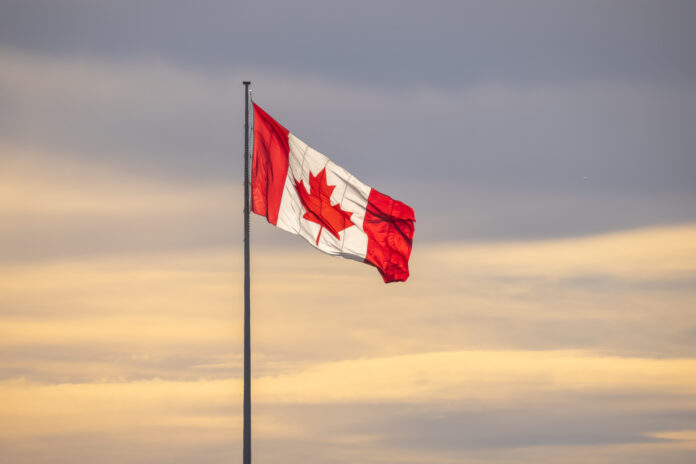
Canada’s federal government will lay out its 2023 to 2025 Immigration Levels Plan today.
Immigration, Refugees and Citizenship Canada (IRCC) says the plan will outline “ways to address critical labour market shortages, with a focus on regional immigration”.
Immigration Minister Sean Fraser is making the announcement at 11 am Eastern time at the Finishing Trades Institute in North York, Ontario.
Read More Canada Immigration News
Canada’s Start-Up Visa Almost Triples Numbers Of New Immigrants In 2022
Poll Reveals Canadians Overwhelmingly Support Record-Breaking Immigration
Canada Economy Slowing Down But Job Vacancies Still High In August
He will be joined by two important stakeholders in skilled trades industries: Sean Strickland, Executive Director of Canada’s Building Trades Union (CBTU) and Robert Kucheran, General Vice President (Canada) of the International Union of Painters and Allied Trades (IUPAT) and Chairman of CBTU’s Canadian Executive Board.
The presence of the skilled trades bigwigs suggests more room for skilled trades immigrants under the latest three-year immigration plan, although that remains to be seen.
This will be Fraser’s second Immigration Levels Plan as immigration minister, the first coming in February and covering the years 2022 to 2024.
The plan will include projected numbers for four main categories of immigrants, the Economic Class, Family Class, Refugees and Humanitarian and Others.
Watch Video
Under the current plan, Canada plans to welcome 431,645 newcomers this year, 447,055 next year and 451,000 in 2024.
Fraser’s new announcement could see changes to the overall levels or changes to the distribution of newcomers within those levels.
One of the main changes expected between now and 2024, aside from the over-immigration increase, is the increase in numbers in the Federal High Skilled category, normally managed through Express Entry.
The one-off TR to PR Pathway (included in the plan under Federal Economic Public Policies), announced during Covid-19, is expected to finish welcoming its new immigrants by 2024.
This allows room for the Federal High Skilled category to double in size, from the reduced 55,900 newcomers this year up to 111,500 in 2024. This means significantly larger Express Entry draws can be expected.
Canada’s 2022 to 2024 Immigration Levels Plan
| 2022 | 2023 | 2024 | ||
| Overall Planned Permanent Resident Admissions | 431,645 | 447,055 | 451,000 | |
| Economic | Federal High Skilled | 55,900 | 75,750 | 111,500 |
| Federal Economic Public Policies | 40,000 | 32,000 | – | |
| Federal Business | 1,000 | 1,000 | 1,500 | |
| Economic Pilots: Caregivers; Agri-Food Pilot; Rural and Northern Immigration Pilot; Economic Mobility Pathways Project | 10,250 | 11,250 | 12,750 | |
| Atlantic Immigration Program | 6,250 | 6,500 | 6,500 | |
| Provincial Nominee Program | 83,500 | 86,000 | 93,000 | |
| Quebec Skilled Workers and Business | See the Quebec immigration plan | To be determined | To be determined | |
| Total Economic | 241,850 | 253,000 | 267,750 | |
| Family | Spouses, Partners and Children | 80,000 | 81,000 | 81,000 |
| Parents and Grandparents | 25,000 | 28,500 | 32,000 | |
| Total Family | 105,000 | 109,500 | 113,000 | |
| Refugees and Protected Persons | Protected Persons in Canada and Dependents Abroad | 24,500 | 25,000 | 25,500 |
| Resettled Refugees – Government-Assisted | 19,790 | 17,260 | 13,000 | |
| Resettled Refugees – Privately Sponsored | 31,255 | 30,795 | 23,000 | |
| Resettled Refugees – Blended Visa Office-Referred | 1,000 | 1,000 | 1,000 | |
| Total Refugees and Protected Persons | 76,545 | 74,055 | 62,500 | |
| Humanitarian and Other | Total Humanitarian & Compassionate and OtherFootnote9 | 8,250 | 10,500 | 7,750 |

